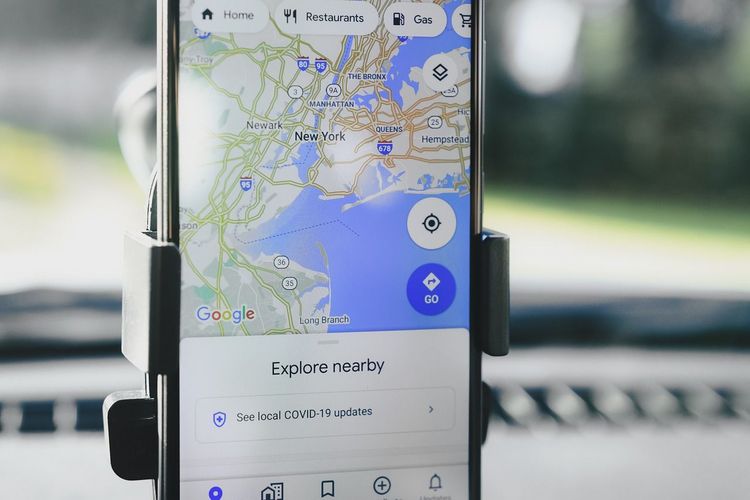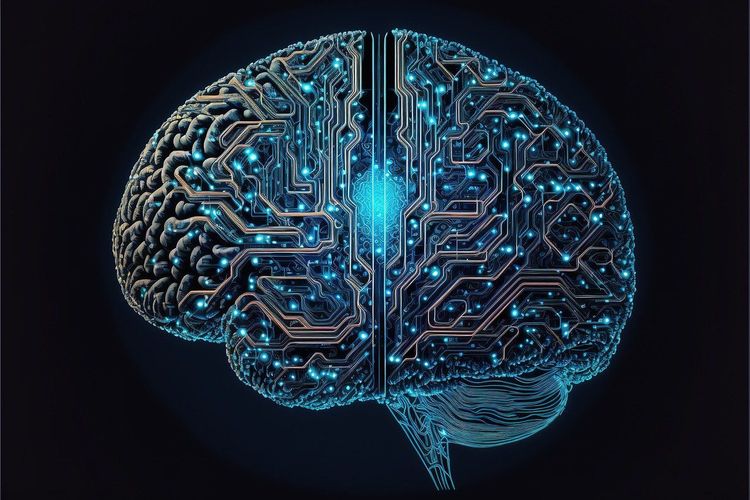As more creators embrace AI for their artistic endeavors, there's an increasing demand for transparency regarding the use of AI in content creation. In response, TikTok announced today that it will introduce a new tool enabling creators to label their AI-generated content. The platform will also begin testing additional methods for automatic labeling of AI-generated materials.
TikTok recognizes the importance of AI labeling, as AI-generated content can potentially confuse or mislead viewers. The platform previously updated its policy on synthetic media, mandating that creators label any AI content featuring realistic images, audio, or video—such as deepfakes—to help viewers understand the context and prevent misinformation. This policy empowers TikTok to remove unmarked realistic AI images from the platform.
Outside of cases where AI is deliberately used to mislead, some AI-generated content blurs the lines between real and fake. In this ambiguous area, users appreciate greater transparency, allowing them to discern whether the content they’re engaging with has been heavily altered or created with AI.
With the introduction of this new labeling tool, TikTok aims to simplify compliance with its existing synthetic media policies. Creators will be able to label any content that is entirely AI-generated or significantly edited using AI. This feature will be available when uploading videos, and TikTok does not expect creators to retroactively relabel their past uploads. Upon labeling their videos as AI-generated, TikTok will add a message below the creator's username, informing viewers of the content's origin. Importantly, creators will not face penalties for failing to label AI content that does not fall under the current synthetic media policy.
TikTok is also developing a system to automatically detect and label AI content. This week, the platform will begin testing an “AI-generated” label applicable to any content that is identified as edited or created with AI.
While TikTok has chosen not to disclose the exact workings of its AI detection technology—concerned that sharing specifics could allow malicious users to circumvent their efforts— the company is actively exploring different models for AI detection. It is also "assessing" partnerships to enhance its ability to identify AI-generated content by embedding AI labels directly into the content itself.
The practice of labeling AI content is becoming more prevalent across major platforms, with OpenAI and Google recently unveiling their own AI detection tools. Instagram is also developing a feature to showcase when content is AI-assisted. Moreover, the EU is advocating for standardized labeling of AI content in its efforts to combat misinformation.
In line with its commitment to transparency, TikTok will now rename its AI-driven effects to explicitly include “AI” in their titles—information previously withheld. For instance, when TikTok’s Bold Glamor filter gained popularity for its impressive face-altering abilities, many speculated about its use of AI technology, which TikTok did not confirm at the time.
With the new labeling system, users will be able to quickly identify which of TikTok’s filters utilize AI. The updated guidelines for Effect House creators will align with this initiative.
TikTok collaborated with its Safety Advisory Councils and consulted experts, including Dr. David G. Rand from MIT, to establish effective AI labeling terminology. Ultimately, TikTok settled on “AI-generated” as a universally understood descriptor across diverse user groups.
In the coming weeks, TikTok will roll out educational videos and media literacy resources to enhance users’ understanding of AI. This update follows TikTok’s earlier commitments to responsible AI practices, including its February agreement with the Partnership on AI and a partnership with nonprofit Digital Moment to engage young audiences on their views of AI in digital spaces.
The AI labeling feature will start rolling out today; however, it may take time for all users to see the changes as the rollout progresses.







